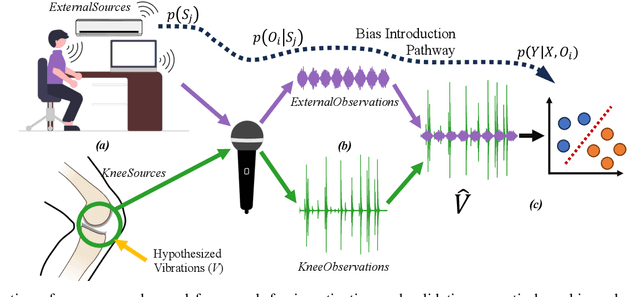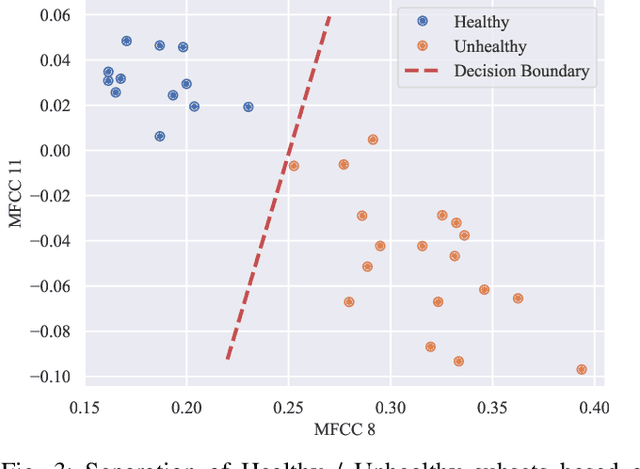Jerome Thevenot
How to Count Coughs: An Event-Based Framework for Evaluating Automatic Cough Detection Algorithm Performance
Jun 03, 2024Abstract:Chronic cough disorders are widespread and challenging to assess because they rely on subjective patient questionnaires about cough frequency. Wearable devices running Machine Learning (ML) algorithms are promising for quantifying daily coughs, providing clinicians with objective metrics to track symptoms and evaluate treatments. However, there is a mismatch between state-of-the-art metrics for cough counting algorithms and the information relevant to clinicians. Most works focus on distinguishing cough from non-cough samples, which does not directly provide clinically relevant outcomes such as the number of cough events or their temporal patterns. In addition, typical metrics such as specificity and accuracy can be biased by class imbalance. We propose using event-based evaluation metrics aligned with clinical guidelines on significant cough counting endpoints. We use an ML classifier to illustrate the shortcomings of traditional sample-based accuracy measurements, highlighting their variance due to dataset class imbalance and sample window length. We also present an open-source event-based evaluation framework to test algorithm performance in identifying cough events and rejecting false positives. We provide examples and best practice guidelines in event-based cough counting as a necessary first step to assess algorithm performance with clinical relevance.
Acoustical Features as Knee Health Biomarkers: A Critical Analysis
May 23, 2024



Abstract:Acoustical knee health assessment has long promised an alternative to clinically available medical imaging tools, but this modality has yet to be adopted in medical practice. The field is currently led by machine learning models processing acoustical features, which have presented promising diagnostic performances. However, these methods overlook the intricate multi-source nature of audio signals and the underlying mechanisms at play. By addressing this critical gap, the present paper introduces a novel causal framework for validating knee acoustical features. We argue that current machine learning methodologies for acoustical knee diagnosis lack the required assurances and thus cannot be used to classify acoustic features as biomarkers. Our framework establishes a set of essential theoretical guarantees necessary to validate this claim. We apply our methodology to three real-world experiments investigating the effect of researchers' expectations, the experimental protocol and the wearable employed sensor. This investigation reveals latent issues such as underlying shortcut learning and performance inflation. This study is the first independent result reproduction study in the field of acoustical knee health evaluation. We conclude with actionable insights from our findings, offering valuable guidance to navigate these crucial limitations in future research.
 Add to Chrome
Add to Chrome Add to Firefox
Add to Firefox Add to Edge
Add to Edge